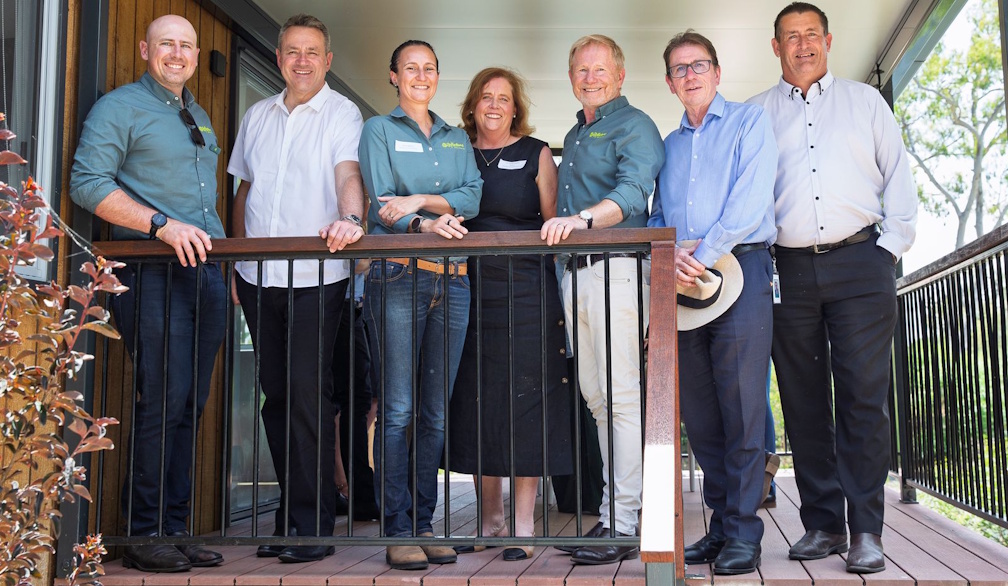Workers hate office noise – but is using headphones to shut out colleagues the solution?
- Written by Libby (Elizabeth) Sander, MBA Director & Assistant Professor of Organisational Behaviour, Bond Business School, Bond University

Is it OK to wear headphones in the office? Do they help get work done, or is wearing them considered rude[1] and damaging to the office vibe[2].
While it might be easy to dismiss our headphone-wearing colleagues as unfriendly, the increase in usage is symptomatic of another issue entirely.
As staff have returned to the office post-lockdown, they have been confronted with the thing employees dislike most[3] about open plan offices according to research: noise.
Modern knowledge work demands the psychological ability[4] to focus and concentrate for lengthy periods. That is hard to do when colleagues are having impromptu meetings next to your desk, or discussing their weekends as you struggle to hit a looming deadline.
Noise and distraction
Open-plan office noise has significant implications for both employee wellbeing and performance.
Our research[5] found relatively moderate levels of open-plan office noise caused a 25% increase in negative mood and a 34% increase in physiological stress.
In addition to making employees more stressed and cranky, noisy open-plan offices reduce performance. Research[6] shows employees in quieter one-person offices perform 14% better on a cognitive task than employees in open plan offices.
Read more: Like to work with background noise? It could be boosting your performance[7]
Like closing the office door
Wearing headphones all day is likely to signal the office environment is too noisy or distracting. It can also indicate the dynamics of the team’s interaction is ineffective.
Since most employees no longer have the luxury of closing their office door, headphones have emerged as an alternative. They provide a way for employees to make it clear they don’t want to be interrupted, and to block out noise.
For others, using headphones to listen to music can help reduce anxiety. This was supported in a 2021 workplace discrimination hearing[8] in the United Kingdom where the tribunal ruled in favour of an anxious worker who wanted to wear them.
And while noise-cancelling headphones do not improve[9] cognitive performance, they do increase the user’s perceptions of privacy.
This is significant because when employees cannot control noise they feel a loss of privacy[10], and excessive stimulation can lead to[11] frustration, anger and withdrawal.
What about workplace collaboration?
In many open-plan offices, the drive for increased interaction and collaboration comes at the expense of the ability to focus and concentrate.
When distraction makes it hard for employees to focus, cognitive and emotional resources are depleted[12]. The result[13] is increasing stress and errors, undermining performance.
When employees can’t concentrate on their work, their desire to interact and collaborate with others is reduced[14].
While focussed work is important, success in modern workplaces is often driven by how well individuals interact[16] with each other and with the organisation.
Workplaces that provide more frequent and higher-quality contact with others have been shown to have improved communication and collaboration on tasks[17], job satisfaction[18] and social support[19].
And our social environment plays a significant role[20] in our ability to be proactive and motivated.
When employees wear headphones, opportunities to connect with colleagues, share ideas and build social relationships are reduced. But people are still likely to interact more with their colleagues than if they work from home because they can attend meetings and go out for coffee.
What can organisations do?
With hybrid work – where employees work some of the week at home and the rest in the office – now more widespread, employees are more likely to come to the office[21] for social interaction and face-to-face collaboration with their colleagues.
However, this has to be balanced with the need for focused work.
Organisations can deal with this in several ways. They can provide effective acoustic treatments in the workplace and by ensure the design and layout of the office provides sufficient spaces for employees to retreat from noise.
Read more: Open plan offices CAN actually work, under certain conditions[22]
An example of this can be found in LinkedIn’s San Francisco office. The entire space has been redesigned[23] since the start of the pandemic with a range of different work zones including ones specifically designated for quiet, and others to encourage collaboration and social interaction.
Communicating expectations and monitoring behaviour at the team level is also important.
Research[24] shows it takes about 23 minutes to get back on task after an interruption. Being constantly interrupted by impromptu questions and random conversation will not only reduce productivity but can lead to withdrawal[25].
The frequency and purpose of planned interaction will differ between teams based on individual differences and on the type of work being undertaken.
In some teams this may happen hourly, in others it may be much less frequent. Communicating individual needs amongst the team and setting times for discussions can reduce the number of distracting interruptions.
By establishing effective team communication strategies and providing workers with well-designed spaces that enable focused work, employees may be less likely to use headphones for long periods, therefore enhancing opportunities for knowledge sharing, problem solving and team interaction.
References
- ^ rude (www.thetimes.co.uk)
- ^ vibe (www.telegraph.co.uk)
- ^ most (www.sciencedirect.com)
- ^ psychological ability (www.sciencedirect.com)
- ^ research (www.cambridge.org)
- ^ Research (www.sciencedirect.com)
- ^ Like to work with background noise? It could be boosting your performance (theconversation.com)
- ^ discrimination hearing (www.telegraph.co.uk)
- ^ do not improve (www.frontiersin.org)
- ^ privacy (www.jstor.org)
- ^ can lead to (onlinelibrary.wiley.com)
- ^ depleted (www.sciencedirect.com)
- ^ result (onlinelibrary.wiley.com)
- ^ reduced (www.sciencedirect.com)
- ^ Shutterstock (www.shutterstock.com)
- ^ interact (onlinelibrary.wiley.com)
- ^ communication and collaboration on tasks (www.jstor.org)
- ^ job satisfaction (journals.sagepub.com)
- ^ social support (www.sciencedirect.com)
- ^ role (psycnet.apa.org)
- ^ come to the office (hbr.org)
- ^ Open plan offices CAN actually work, under certain conditions (theconversation.com)
- ^ redesigned (finance.yahoo.com)
- ^ Research (dl.acm.org)
- ^ withdrawal (onlinelibrary.wiley.com)
Authors: Libby (Elizabeth) Sander, MBA Director & Assistant Professor of Organisational Behaviour, Bond Business School, Bond University












